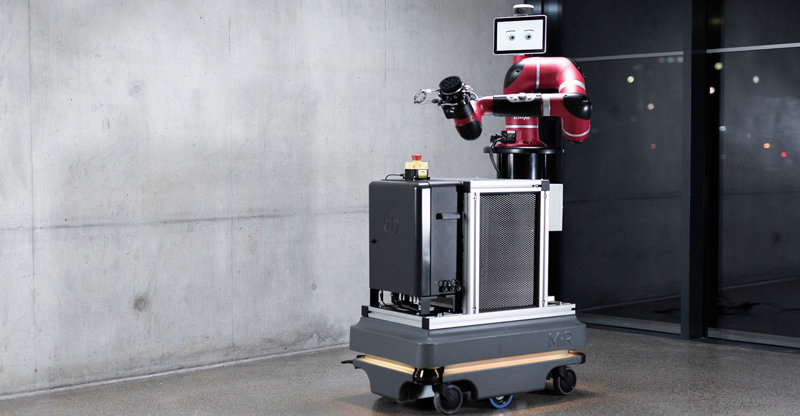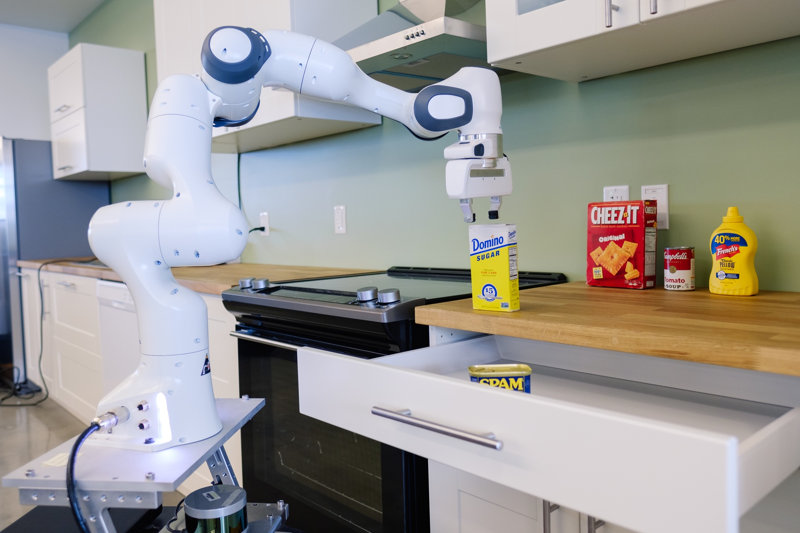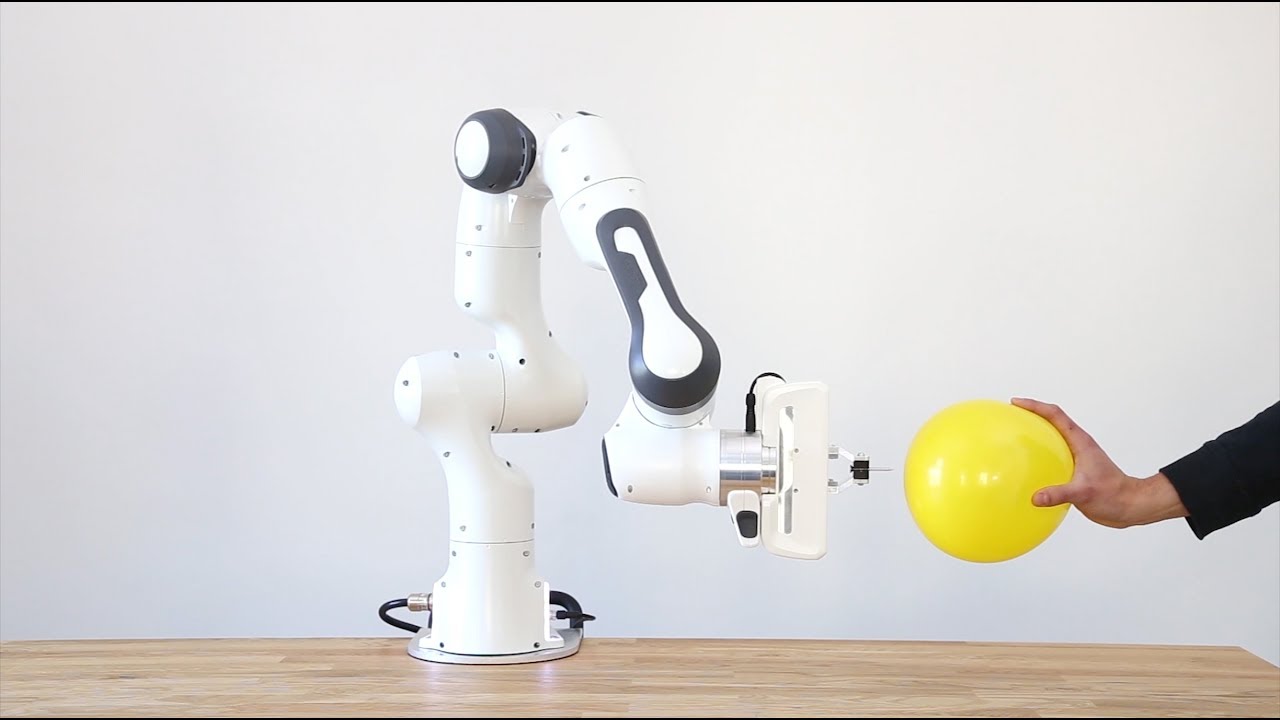Robot arms that Génération Robots distribute are aimed at laboratories, R&D units, universities. We are providing in this post a comparison table between our four large size, ROS compatible, robot arms (6 and 7 DoF).
Which applications for robot arms in the research field?
In a laboratory or in a R&D unit, robot arms are used in different study fields:
- Exploration (terrestrial or space-based), analysis or surveillance – a robot arm can be set up on a mobile base
- E-health, robot arms are used to experiment on smart prothesis prototypes (i.e. a mind-controlled robot arm)
- Care assistant for elderly or disabled people, the robot arm will be trained to carry out everyday tasks (make some coffee, fold the laundry…)
- Reliability tests of manufactured products (interactive fabric, smartphone screens…)

Robot arms with 6DoF or 7DoF
One of the first criteria to look at when choosing a robot arm is the number of degrees of freedom (DoF). DoF refers to the specific number of axes that a rigid body is able to freely move in 3D space. A 6DoF robot arm can reach any given point in space, with any given orientation.
A 6DoF robot arm can perform a wide variety of tasks:
- Grasp a tool at the far end of the handle, flip it and put it back
- Open a drawer, grasp an item and close the drawer
- Write down on a desk or on a wall
A 7DoF robot arm is the most similar to a human arm. It replicates the human arm motion the best. will replicate human movements Un bras robotique doté de 7 degrés de liberté (DoF) est celui qui se rapproche le plus du bras humain. More agile and faster than a 6DoF robot arm, it can reach inaccessible spots that a 6DoF robot arm can’t.
Strength and reach
The strength (maximum payload) and the maximum reach are the next two criteria that will require your attention.
Think about the project you will be working with your robot arm. Will the robot have to carry heavy items or apply a force to a mechanism? Be aware that a robot with a higher maximum payload will lose in accuracy.
The robot reach is the distance from the center of the robot to the fullest extension of the robotic arm.
Speed and accuracy
Accuracy is an important consideration if the robot arm have to interact with small parts or tiny items.
A robot repeatability (how well the robot can reproduce the same move in unchanged conditions) will be an important criteria during a pick and place task in a laboratory. If the robot is used in an experiment about home care, a high maximum speed will probably not be a major consideration.

Other decision-making criteria in the purchase of a robot arm
We added to our “checklist” five other decision-making criterias:
- Number of grippers available for the robot
- ROS compatibility
- Is it a collaborative robot? (intended to work alongside and/or directly interact with humans in a shared space)
- IP classification (waterproof, dustproof)
- CE marking (conformity of the robot with EU legislation)
- Budget

